Quarterly Investment Update – 2nd Quarter 2016
QUARTERLY INVESTMENT UPDATE
2ND QUARTER 2016
July 5, 2016
Investors have had plenty to worry about in the first half of 2016, from agonizingly slow economic growth with slumping corporate profits to an uncommonly bitter and divisive presidential nominating race. Millions of investors are struggling to figure out which narrative to accept: the nightmarish story of collapsing commodity prices, debt defaults and impending recession that prevailed in December, January and the first half of February or the stunning upside reversal that began February 11 and carried strongly into mid April as well as into the first week of June. As usual, the truth falls somewhere in between. Economic conditions are not nearly as bleak as they seemed at the bottom in February, nor are they as rosy as they seemed at the interim tops of April 20 as well as June 8. Since then, the stock market went sideways until Great Britain’s exit vote on Thursday June 23. Since this past Monday, when the initial shock wave peaked over Britain’s referendum vote to leave the European Union, Wall Street has staged a remarkable turnaround. Even though we must watch out for signs that the economic waves from the Brexit shock will turn out bigger or smaller than the financial markets anticipated, we do not feel that there is any need to change our investment strategy.
In fact, we feel that there are several reasons to look forward to an upturn for stocks during the second half of 2016 due to some of the following signs of improvement:
- The U.S. economy is still creating jobs at a respectable clip. Despite the widespread groans about the “weak” April and May employment reports, the longer-term view reveals that, over the past year, non farm payrolls have grown an average of 224,000 per month, a robust enough figure to keep the unemployment rate drifting lower and wage income trending higher.
- Consumers have reduced their debt burden way down. Historically, and in line with classical economic theory, recessions are triggered when households build up more debt than they can handle on their current and expected income. Today, consumers’ monthly debt service as a percent of take-home pay is not nearly as bad as it was during the last several years.
- Plummeting oil prices and the surging foreign-exchange value of the dollar are the two factors that have put the most severe downward pressure on corporate profits. In recent months, though, oil has bounced off its lows and the dollar has slipped off its highs. During the second half of 2016, we are hopeful that these factors will stop pushing aggregate profits down-and may actually start to increase the bottom line for corporations again.
- The rally off the February 11 lows has been exceptionally broad based. On April 19, 90% of New York Stock Exchange listed stocks climbed above their 50-Day average price. Also, this past Tuesday and Wednesday, advancing stocks captured more than 90% of the share volume on the New York Stock Exchange. Back-to-back days with such powerful upside volume ratios are extremely rare.
Taken together, these signs of improvement suggest that the stock market will provide us with a pleasant surprise during the second half of 2016.
As far as our investment strategy is concerned, we continue to maintain our standard two-pronged strategy, which is to maintain a substantial exposure to common stocks (and mutual funds) as long as there is a reasonable prospect for double-digit returns. Furthermore, we will continue to take profits more frequently so that we could gradually increase our weighting in cash as well as the fixed income portion of our portfolios. During the quarter, we continue to maintain an average asset allocation mix of 45%-50% Equity, 45-50% Fixed Income and 0%-10% cash for most of the portfolios.
The volatile quarter provided us with a few opportunities to buy five new positions for both the Equity and Fixed Income portion of our portfolios.
On the Equity side of our portfolios, we added Apple Inc. (AAPL), an American multinational technology company that designs, develops, and sells consumer electronics, computer software, and online services, and Alphabet Inc. (GOOG), a company that offers online performance and brand advertising services. On the sell side, we sold our entire positions in Walmart Stores Inc. (WMT), Hershey Company (HSY), California Resources Corporation (CRC), and Vanguard REIT (VNQ).
As far as Fixed-income is concerned, we added three new high yielding equity positions including Roche Holding Ltd (RHHBY), a Swiss global health-care company, Wells Fargo & Company (WFC), an American international banking and financial services holding company headquartered in San Francisco, California, and Carnival Corporation (CCL), an American-British cruise company and the world’s largest cruise ship operator. On the sell side, we sold our entire positions in Exxon Mobile Corporation (EXOM), BP Amoco Plc Adr (BP), and Prologis (PLD). Also, our Jacksonville Florida economic development Mayo Clinic – 46936FAK4 municipal bonds were called.
We want to thank all of you for giving our firm the opportunity to serve you. We thank you very much for the trust and confidence you have placed in our firm as it is always appreciated. Please contact me should you have any questions or comments. Also, we want to invite you to visit our website at www.farmandinvestments.com for a quick Retirement calculator, our latest firm news, and Market Commentary archives.

